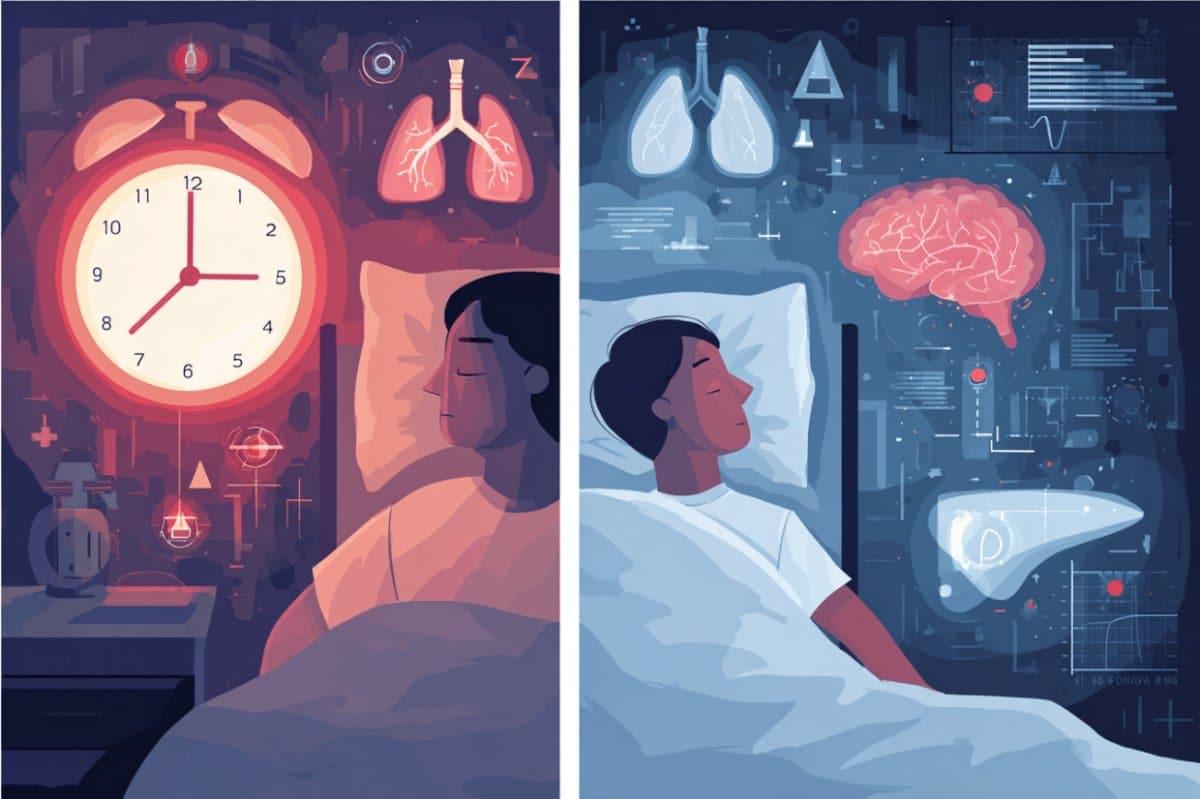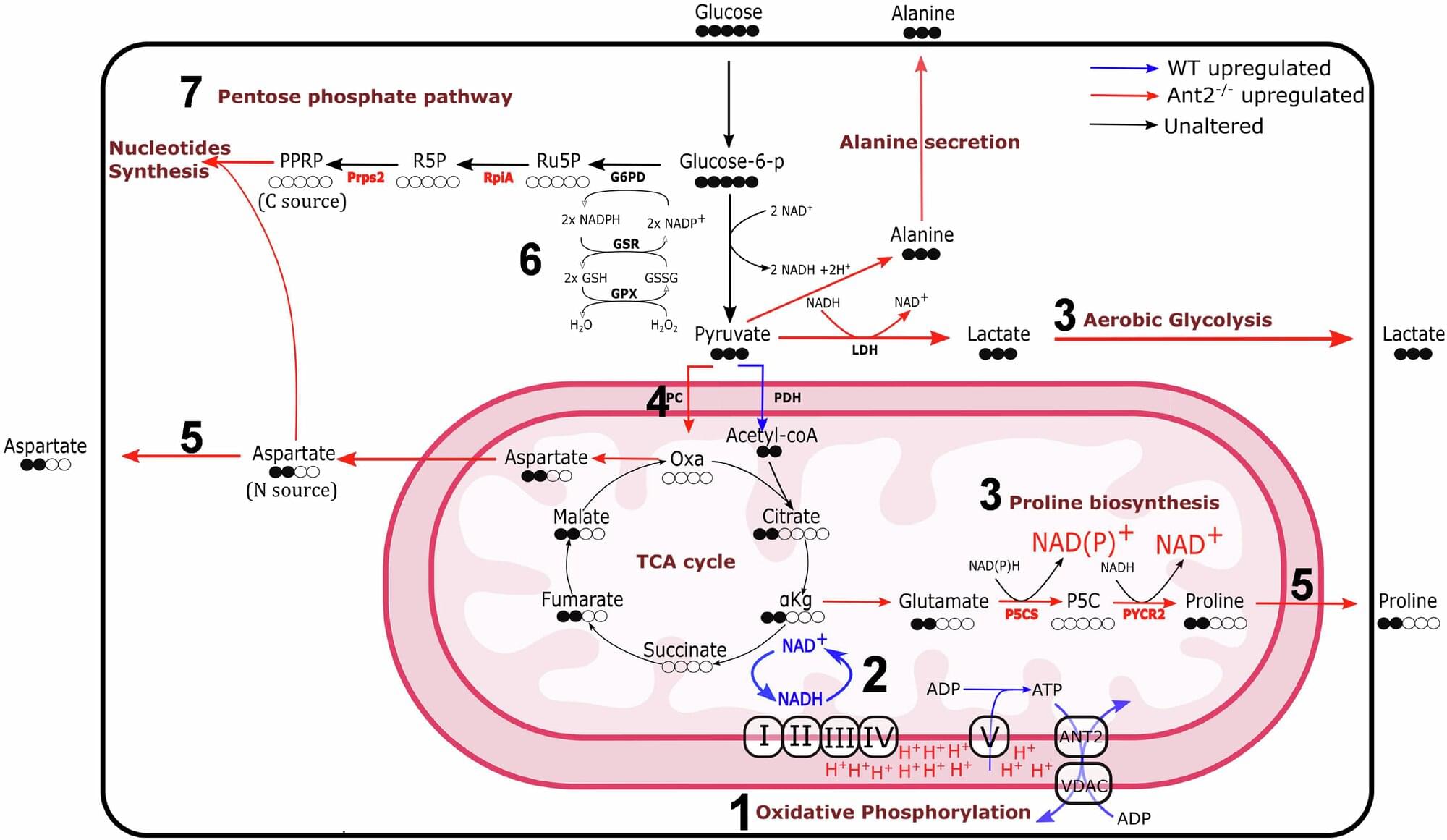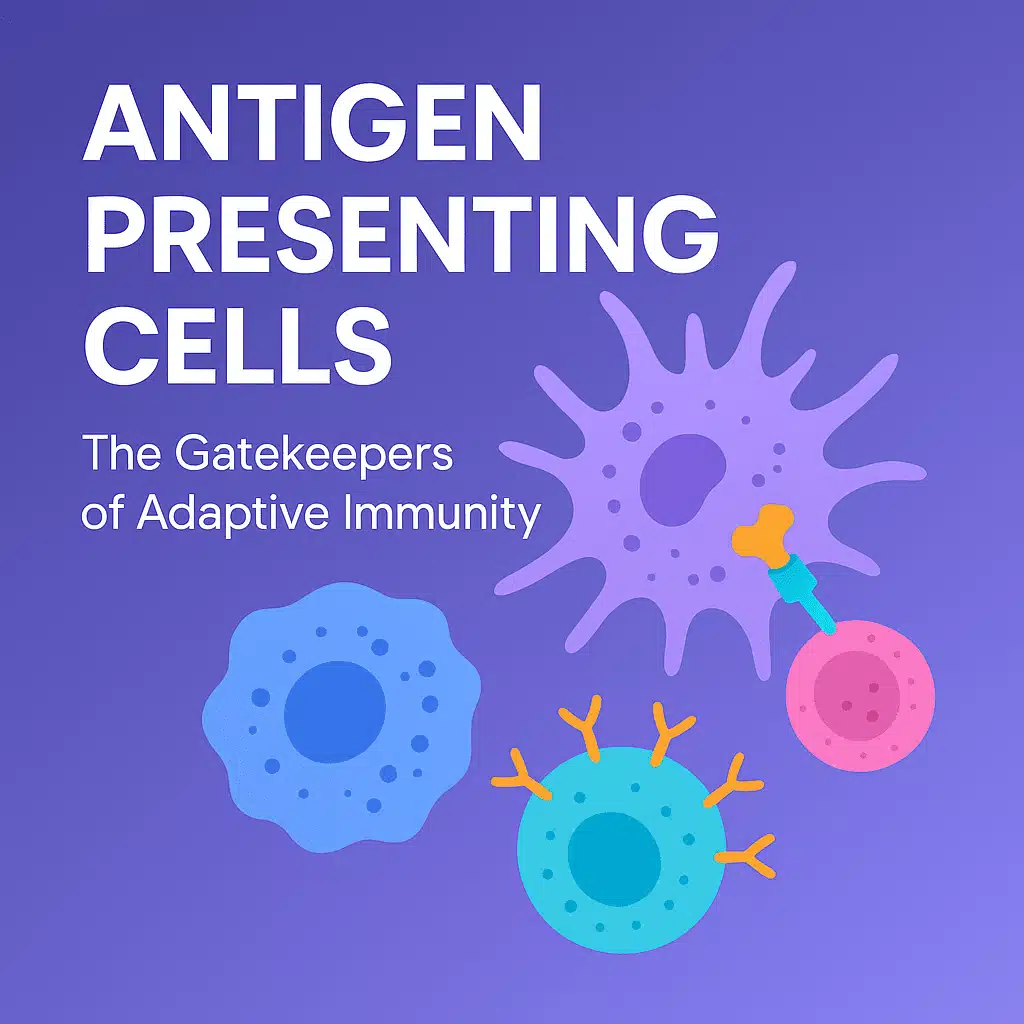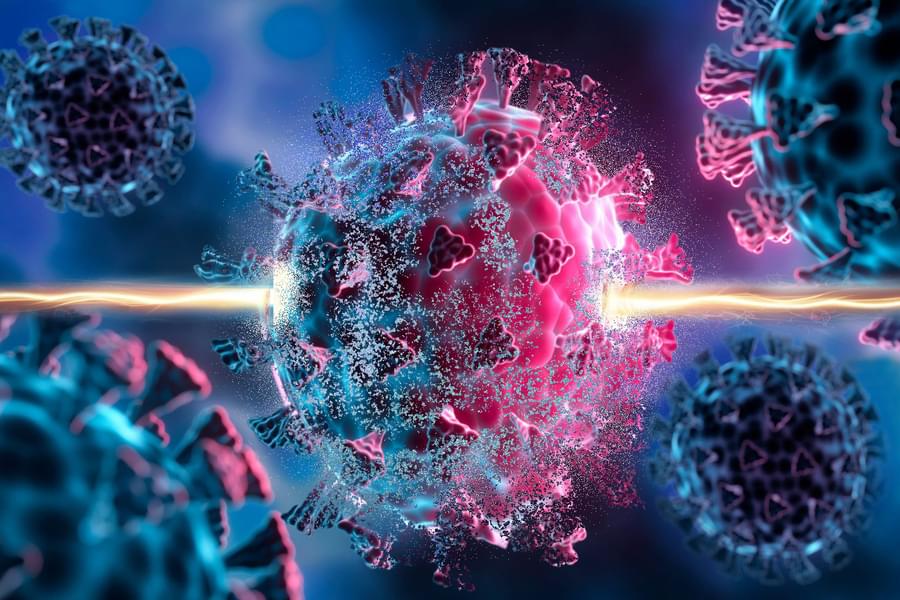In the largest study of its kind, researchers linked irregular sleep patterns to elevated risk for 172 diseases.



Researchers have discovered a way to make the immune system’s T cells significantly more effective at fighting cancer. By blocking a protein called Ant2, they were able to reprogram how these cells consume and generate energy—essentially rewiring their internal power supply.
This shift makes T cells more active, resilient, and better at attacking tumors. The findings open the door to new treatments that could strengthen the body’s own immune response, offering a smarter, more targeted approach to cancer therapy.
Led by Ph.D. student Omri Yosef and Prof. Michael Berger from the Faculty of Medicine at Hebrew University, in collaboration with Prof. Magdalena Huber of Philipps University of Marburg and Prof. Eyal Gottlieb of the University of Texas MD Anderson Cancer Center, the international team discovered that fine-tuning immune cells’ metabolism dramatically improves their ability to destroy cancer.


Scientists have been studying a fascinating material called uranium ditelluride (UTe₂), which becomes a superconductor at low temperatures.
Superconductors can carry electricity without any resistance, and UTe₂ is special because it might belong to a rare type called spin-triplet superconductors. These materials are not only resistant to magnetic fields but could also host exotic quantum states useful for future technologies.
However, one big mystery remained: what is the symmetry of UTe₂’s superconducting state? This symmetry determines how electrons pair up and move through the material. To solve this puzzle, researchers used a highly sensitive tool called a scanning tunneling microscope (STM) with a superconducting tip. They found unique signals—zero-energy surface states—that helped them compare different theoretical possibilities.
Their results suggest that UTe₂ is a nonchiral superconductor, meaning its electron pairs don’t have a preferred handedness (like left-or right-handedness). Instead, the data points to one of three possible symmetries (B₁ᵤ, B₂ᵤ, or B₃ᵤ), with B₃ᵤ being the most likely if electrons scatter in a particular way along one axis.
This discovery brings scientists closer to understanding UTe₂’s unusual superconducting behavior, which could one day help in designing more robust quantum materials.
UTe₂ currently operates at very low temperatures (~1.6 K), so raising its critical temperature is a major goal.
Scaling up production and integrating it into devices will require further material engineering.

UK-based mobility company Bo has racing in its blood, and its latest creation is designed to bring that heritage to the forefront in the form of a high-performance electric scooter subtly named the Turbo.
It might look a lot like the consumer-grade M model that Bo revealed in 2023, but after 18 months in the garage, it’s mutated into an absolute fire-breather that’s built to exceed 100 mph (160 km/h) and – according to Bo’s initial testing – accelerate quicker than a Tesla Model 3.
How do you push a 15 mph (25 km/h) scooter all the way up past the 100-mph mark? The same powertrain simply wouldn’t cut it, so the Turbo got twin electric motors, each rated for over 300A peak current, along with a new 88-V 1,800-Wh battery to deliver plenty more power on demand.

The passage of time may be linear, but the course of human aging is not. Rather than a gradual transition, your life staggers and lurches through the rapid growth of childhood, the plateau of early adulthood, to an acceleration in aging as the decades progress.
Now, a new study has identified a turning point at which that acceleration typically takes place: at around age 50.
After this time, the trajectory at which your tissues and organs age is steeper than the decades preceding, according to a study of proteins in human bodies across a wide range of adult ages – and your veins are among the fastest to decline.


Unlike traditional islet transplants — which are expensive, donor-limited, and prone to rejection — these 3D-printed islets are designed for better integration into the body. Implanted under the skin, the new islets respond to glucose fluctuations and begin producing insulin in real time, offering a more natural and automated regulation process.
Early tests revealed that the printed islets remained viable and fully functional for at least three weeks, a major improvement over past transplantation methods that often fail due to tissue damage and immune response.

Researchers at MIT and other institutions have identified compounds that can fight off viral infection by activating a defense pathway inside host cells. These compounds, they believe, could be used as antiviral drugs that work against not just one but any kind of virus.
The researchers identified these compounds, which activate a host cell defense system known as the integrated stress response pathway, in a screen of nearly 400,000 molecules. In tests in human cells, the researchers showed that the compounds help cells fend off infection from RSV, herpes virus, and Zika virus. They also proved effective in combating herpes infection in a mouse model.
The research team now plans to test the compounds against additional viruses, in hopes of developing them for eventual clinical trials.

In Alzheimer’s disease, proteins like amyloid beta form clumps, known as plaques, that damage the brain.
But in some people, immune cells called microglia break down these proteins before they can cause harm. This leads to fewer and smaller clumps—and much milder symptoms.
Researchers at UC San Francisco identified a molecular receptor that enables microglia to gobble up and digest amyloid beta plaques. The findings are published in the journal Neuron.